 You have probably wanted to see the famous swamp network known as the Everglades... from the safety of a wide, dry boardwalk. But have you wanted to see this enormous, wild swamp the hard way? Collier-Seminole State Park, on the western edge of the Everglades, protects a section of the swamp where black bears and Florida panthers abound. The primary focus on hiking in the park is the "Adventure Trail", a nearly 7-mile long slog across the dark swamp waters into one of Florida's most remote areas. This hike occurred on Thursday, November 26th, 2015 (Thanksgiving Day). My plan was to hike the Adventure Hiking Trail loop counter-clockwise, although by the time I was 2/3 of the way through, I was confident that the opposite direction would've been better. SummaryR/T Length of Trail: 6.8 Miles Duration of Hike: 4:30 Type of Hike: Loop Difficulty Rating: 9 out of 10 Pros: In the east section of the loop, there are some dry areas Cons: Deep mud along with deep water in the southwest section of the trail; you may need some navigational skills to navigate through the endless swamp and its maze of trees on the west side of the loop Points of Interest: There's not really any points of interest on this hike - much of the hike is in the Everglades swamp network, and that is the main area of interest Trail Blaze Color(s): Connector Trail to Main Loop - Blue; Adventure Hiking Trail (Main Loop) - Orange/Orange-Yellow; Spur Trail to Campsite - Blue Best Season(s) to Hike: Winter; Early Spring Beginning Point: Adventure Hiking Trailhead Directions: From Naples, FL: Drive on US Route 41 South for 16.5 miles to the entrance of Collier-Seminole State Park to your right. At the ranger station or at the visitor center, pay your fee and obtain a code for the code to the gate at the road leading to the Adventure Trail. Then, return to US Route 41, and drive south on it for 0.8 miles. Then, turn left onto a dirt road. There is gate at the beginning. Unlock the gate, open it, drive through, and make sure to close and lock the gate behind you. Continue on the narrow dirt road for 0.2 miles to a second gate and the signed trailhead. The trailhead is located near the upper end of a pond that is to the left of the road. The dirt road leading to the trailhead should be passable by most passenger vehicles as long as you exercise some carefulness. MapA map and some other information regarding this hike can be viewed here. DetailsBack when I added Florida to the list of states covered on this website, I never imagined a Florida trail report that would have a difficulty rating of 9. After all, a 9 is almost the highest difficulty rating, and in the mountains, it would mean a long (maybe hard-to-follow) hike with many miles of ascent. In Florida, there can't be much elevation change, so why a 9? The answer lies in the words "swamp slogging", a type of hiking that is fairly common in Florida. On this hike in Collier-Seminole State Park, you're going to be walking through water the better part of nearly 7 miles, and sometimes, it'll get as deep as waist-deep. The thing is, that's just one part of the problem. Much of the slog through the swamp will also involve scrambling and crawling through a jungle-like forest that grows in these remote swamps. And don't forget the foot of mud under all the water in the southwest section of the loop - you'll have to just make sure you're not left barefoot. Even though this hike does have some unique scenery, you're going to have to feel really adventurous to enjoy it. The hike starts on the short access trail from the dirt road that you parked on. The access trail begins across from the pond, on the right side of the road. It is well-marked by signs. The path is not very clear but there are frequent blazes. Nearly right away, you'll cross some seasonally wet areas. Pretty much every seasonally wet area was wet on this day, despite the fact that it was late November, the beginning of the dry season. At 0.2 miles, the beginning of the loop is reached. The "recommended direction" is counter-clockwise, but honestly, the clockwise direction is significantly better. If you hike the trail clockwise, you'll have the hardest part with the mud at the beginning, and from there, the farther you get into the hike, the easier it gets. The way I hiked it, it was a complete opposite. However, I'll describe the hike in the direction I hiked it (I still do not recommend that direction). After turning right onto the main orange-blazed trail, things got wet rapidly. The trail entered a small cypress swamp. The water here is between ankle and knee-deep, although I've read that during the dry season, this area should be dry. Despite the water, it is easy to hike fast here, as the trail is clear, wide, and well-blazed. You'd better increase your pace here because no matter what, it's going to slow down later. After the first half-mile, the bulk of this small swamp is over, although it'll take a while before the trail fully dries out. The trail continues through open woods with rather long-reaching panoramas around you. Around 1.5 miles, the trail dries out, and at 1.7 miles, cross an old road that is a branch of the road leading to the trailhead. Continue across the road into a field with pine flatwoods all around. This may be a good spot to wait for a bear to stroll out of the forest. After this, the trail stays mostly dry before crossing another old road at 2 miles. This is the same road that you drove on your way to the trailhead. If you want to avoid the difficult section of the hike, you can use the road here for a shortcut. Otherwise, continue straight. You'll soon pass a bench to your right. The trail picks up an old roadbed that is still mostly dry. Savor this dry section - you won't see much dry ground for a while. At around 2.3 miles, the old roadbed disappears as the trail plunges into the swamp. It seems like this area is seasonally dry too, at least according to maps, although it's hard to imagine it. The trail narrows and the water is ankle to knee-deep. At 2.9 miles, the trail briefly dries out at a junction with the spur trail to the campsite. It is 0.4 miles to the campsite that is to your left. The main trail turns right and quickly turns wet again. The trail continues to stay narrow - also, it steadily becomes more overgrown and less maintained. Keep an eye out for the orange blazes. As the trail heads deep into the swamp, cypress trees surround you as you slog knee-deep or deeper through dark waters. There will be a couple spots over the next couple of miles where the water gets close to waist-deep. Also, around 4 miles, the blazes suddenly become very intermittent. There is surveyor's tape that marks several key turns in the trail. Try to follow what looks like the widest route trough the water, and you should be able to make your way through the swamp. Once again, do not go here and do not hike this trail if you lack navigational skills. After several miles of swamp slogging, the trail finally hits dry ground at about 4.7 miles. One might hope that the swamp slogging is over, and in fact, the bulk of it is over, but there's some bad news - a really difficult section with mud is still coming up. The trail briefly becomes wet several times as it continues through this thick forest. At around 5.2 miles, you may be able to catch sight of the Miccosukee Indian Reservation through the thick forest your right. Even if you don't, there's no doubt you're going to become aware of their presence because of the trash on this section of the hike! The trail suddenly becomes wet again at around 5.7 miles, and this is the most difficult section of the hike. The trail crosses a large stretch of swamp, where the water was waist-deep when I did this hike. And below the deep water was a deep layer of... mud. Hiking poles are a must here to help keep your balance. Walk very slowly through the swamp, one step at a time, or you may slip or get stuck in the deep mud... or, you may be left barefoot, something that almost happened to me! Out of nowhere, you will run into a well-built footbridge across one of the sloughs. Following this footbridge are two more. These three footbridges are the things you'd least expect to see on this trail, and they're the only footbridges on the hike. Well, at least you know the Florida Trail Association has tried to do something here. After these footbridges, the swamp slogging is still not over, and at 6 miles, you will make another plunge into the deep, muddy swamp. This is the final section of swamp, and it is as difficult as ever - continue going slowly. Then, the trail rises out of the deep swamp and passes through a seasonally wet area with the familiar pine flatwoods visible not far away. At 6.45 miles, reach the old road that leads to the trailhead. You can walk back along the road, but I chose to finish by trail. Cross the road and continue on a dry trail through flatwoods. At 6.6 miles, reach the end of the loop. Turn right onto the access trail, and return to the trailhead at 6.8 miles. Congratulations - you have completed successfully one of Florida's most difficult hikes. VariationsShortcut the hike using old road at 2-mile mark - 3.2 Miles Bonus StopsPossible bonus stops for this hike include the nature trail in Collier-Seminole State Park and the Hike/Bike Trail in the northwest section of the park. PicturesVideos
7 Comments
Pilot searcher (Brian)
12/22/2015 09:23:26 pm
This hike was made famous in 2007 when it became a 7-stage Geocache (Lemmings Loop)(GC11MA3), It has been done by 97 geocachers since then. I did it on 4/22/2010, If you do it as a geocachche, you hike it counter clockwise. There is another Geocache called "The Ghost Orchid" (GC112JY) that is nearby in the Fakahatchee Strand. It was created 2/21/2007. It has 5 stages and there are NO trails! It's all orienteering in the swamp. 82 geocachers have completed this geocache. I first did it on 2/28/2009 and have done it two more times since. To find out more, go to "Geocaching.com" and look for these two geocaches. I agree that Lemmings Loop is a great hike, but The Ghost Orchid makes it seem easy by comparison. I think that you would enjoy reading the logs from these two geocaches.
Reply
Mark Oleg
12/23/2015 10:26:07 am
I never knew that this hike has the name Lemmings Loop as well. As to the other hike, I'd certainly not be interested heading off-rail into the strand! The trails are bad enough already.
Reply
Geoff Jacobs
11/7/2016 01:10:52 pm
Haha! I can't believe you actually slopped through those water-filled trails and swamps! Oh well, that's Florida, right?!!
Reply
Pilot searcher (Brian)
11/7/2016 01:29:00 pm
If you ever get back to Collier Seminole State Park, you need to rent a canoe and do the Blackwater River. If you are really ambitious, try to do the Geocache called "Blackwater River" (GC1BTX6). It is a multi-stage cache that takes you on a 14-mile trip looking for answers to questions to get the coordinates for the final location. You will get to see another side of this great park. By the way, there is another geocache hidden under that "Walking Crane!"
Reply
Mark Oleg
11/7/2016 08:48:49 pm
I liked the pristine wilderness at Collier-Seminole State Park. I wasn't very accustomed to such wet hiking though, and I am not sure that it is something I will do again. 8/31/2023 02:47:32 pm
The thing is, that's just one part of the problem. Much of the slog through the swamp will also involve scrambling and crawling through a jungle like forest that grows in these remote swamps. Thank you for taking the time to write a great post!
Reply
Leave a Reply. |
About MeMark Oleg Ozboyd Dear readers: I have invested a tremendous amount of time and effort in this website and the Georgia Waterfalls Database the past five years. All of the work that has gone in keeping these websites updated with my latest trip reports has almost been like a full-time job. This has not allowed me to pick up a paid job to save up money for college, and therefore, I I've had to take out loans. If you find the information on this website interesting, helpful, or time-saving, you can say "thanks" and help me out by clicking the button above and making a contribution. I will be very grateful for any amount of support you give, as all of it will apply toward my college tuition. Thank you!
Coming in 2022-2023?
Other Hiking WebsitesMiles HikedYear 1: 540.0 Miles
Year 2: 552.3 Miles Year 3: 518.4 Miles Year 4: 482.4 Miles Year 5: 259.9 Miles Archives
March 2021
Categories
All
|






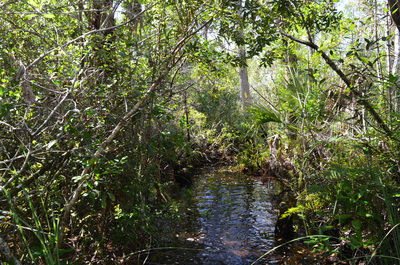

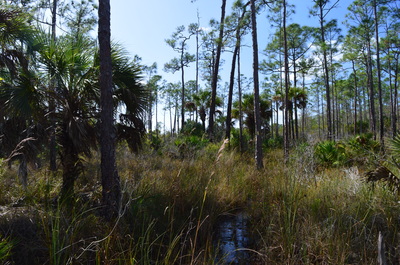


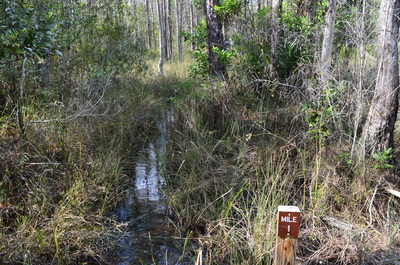



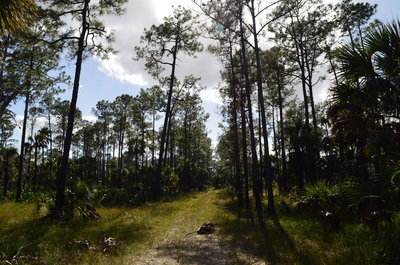











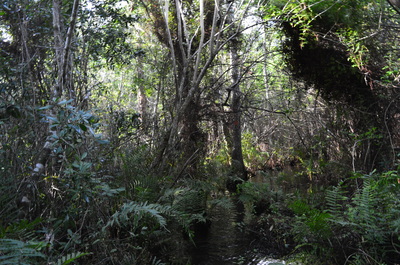



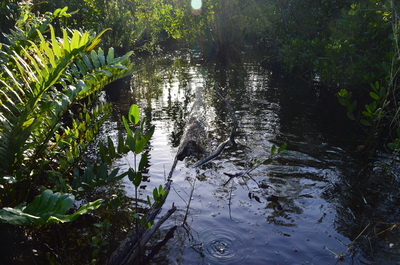












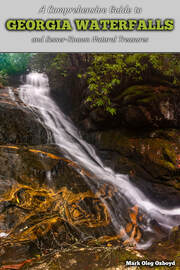
 RSS Feed
RSS Feed